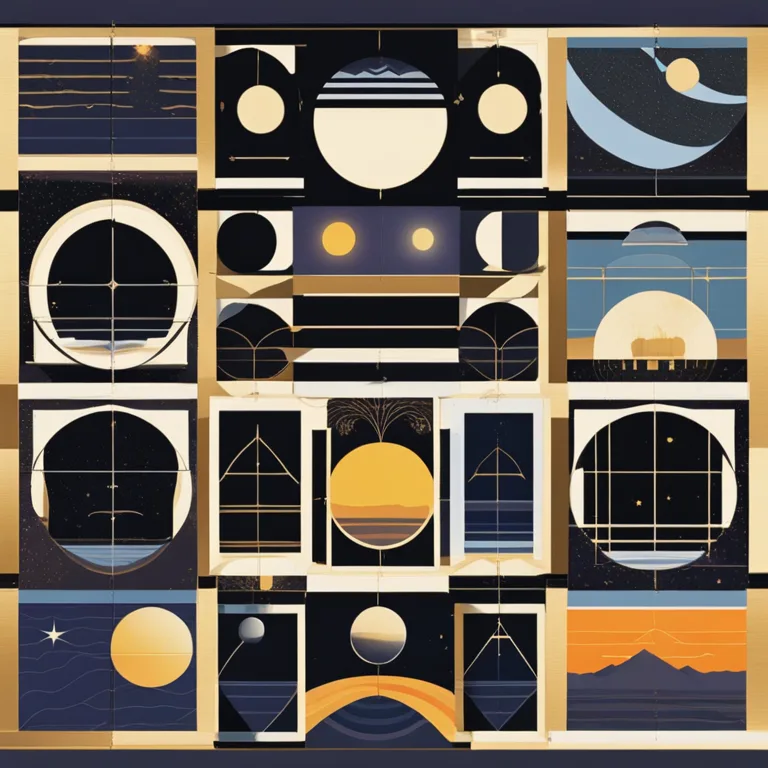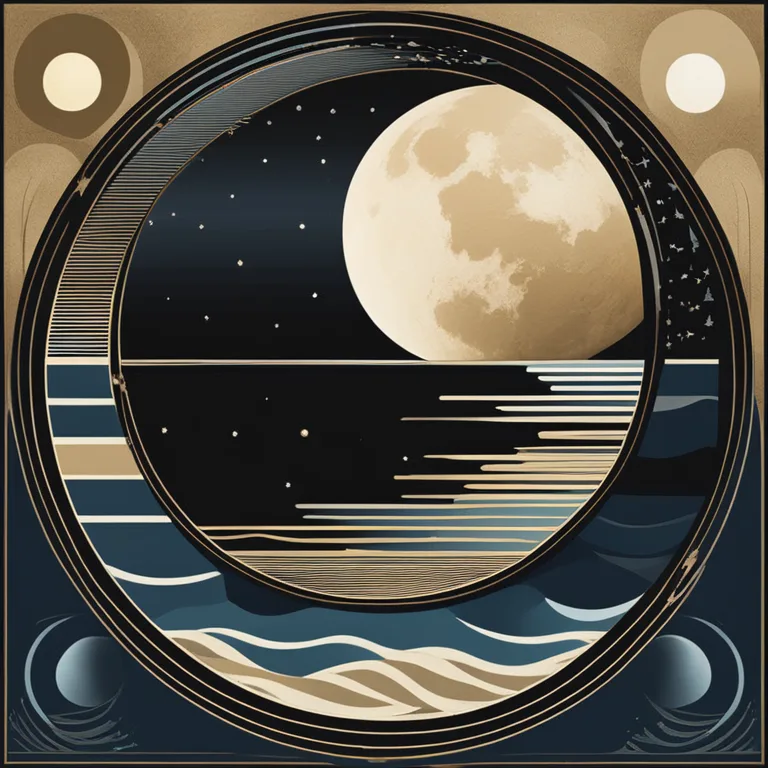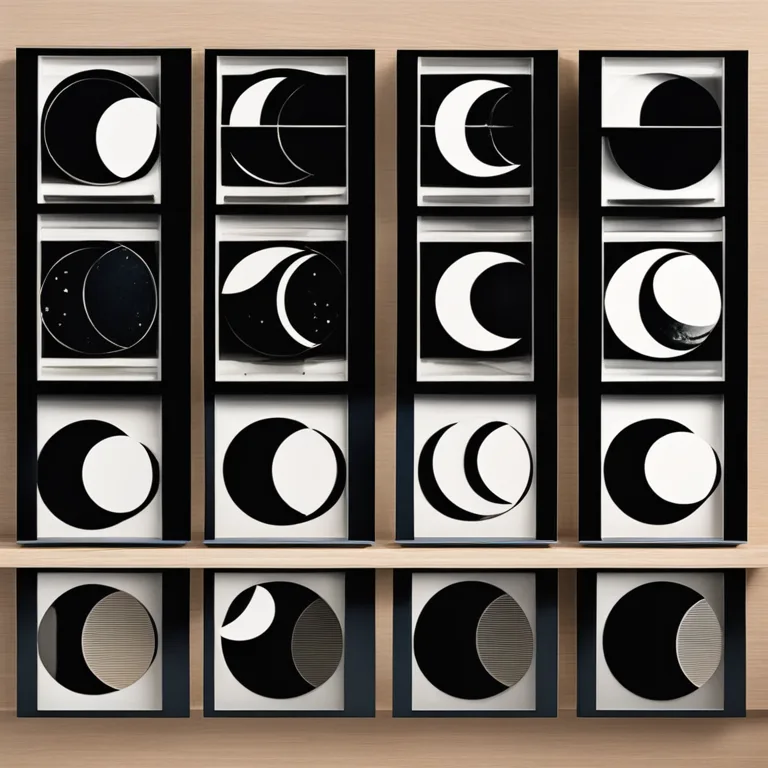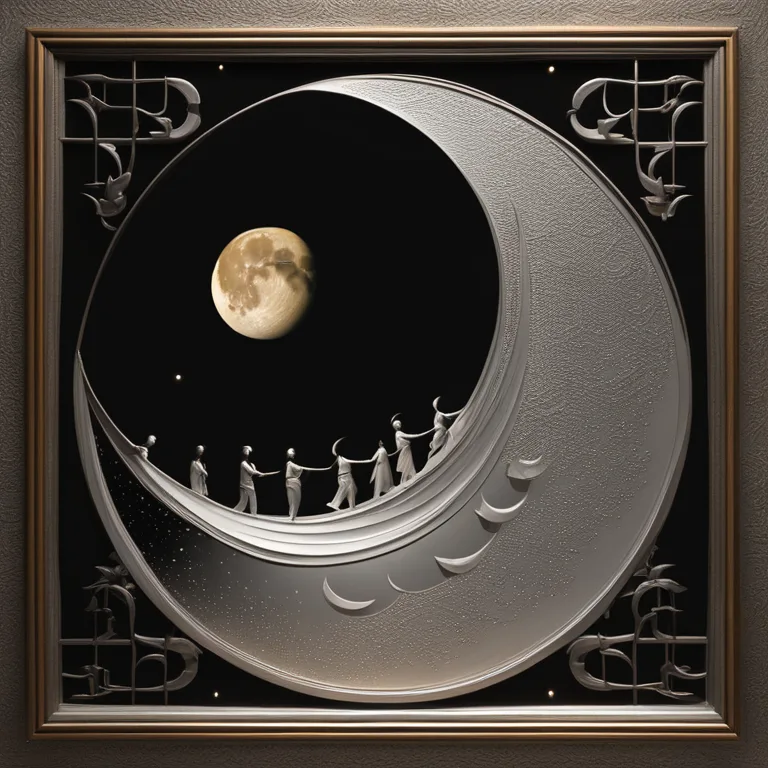
The Lunar Legacy: Moon Phase History
Delve into the celestial tale of lunar phases and their historical significance in human culture and astrology.
article by Priya Deshmukh
The Eternal Lunar Dance
Since time immemorial, the Moon has mesmerized humanity, not just as a celestial beacon in the night sky but also as an influential force in cultural lore and astrology. The cyclical phases of the Moon—from the whisper-thin crescent of the New Moon, waxing to the Full Moon's resplendent glow, and then waning back to darkness—have been charted and revered by many civilizations. These lunar phases have been pivotal for agricultural planning, ritualistic occasions, and time-keeping, long before the sophistication of modern calendars.

Astrological Impressions of Lunar Phases
The astrology of 2024 and beyond continues to uphold the Moon's role as a deeply significant entity affecting emotions and behaviors. The New Moon, often seen as a time for new beginnings, invites reflection and intention-setting, while the Full Moon urges release and culmination. Each lunar phase carries its unique astrological implications, shaping the subtle energies that influence daily life and personal growth. Understanding these rhythms allows for harmonious alignment with the cosmic flow.

Celestial Calendars and Lunar Cycles
Lunar phases dictated the structure of the earliest calendars, which were devised to predict seasonal changes for agricultural purposes. Ancient civilizations, including the Babylonians and the Mayans, developed sophisticated systems to track the Moon's journey against the celestial backdrop. The enigmatic Stonehenge and the Egyptian pyramids also reflect humanity's endeavor to chart lunar patterns. The Julian and later the Gregorian calendars incorporated a synthesis of lunar and solar cycles to mark the passage of time.

Lunar Phase Effect on Tides and Biology
The connection between the Moon and Earth extends beyond the mythological, influencing the physical through the control of tides. The gravitational pull creates a rhythmic dance of high and low tides, which are strongest during the Full and New Moon phases, known as the spring tides. This celestial choreography also resonates with biological cycles, aligning with the chronobiology of numerous species, including the reproductive behaviors of corals and the activity patterns of nocturnal animals.

Contemporary Cultural Significance
Modern cultures still echo the Moon's historic sway, with festivals and traditions that honor lunar phases. The Chinese Mid-Autumn Festival celebrates the Full Moon's symbolism of unity and prosperity. The Islamic calendar, being lunar-based, relies on the sighting of the crescent Moon to mark the beginning of months, instrumental in determining dates for Ramadan and Hajj. Even contemporary art and literature frequently pay homage to the poetic and transformative essence of the Moon's ever-changing face.
Forecasting the Future
As we gaze ahead into 2024 and beyond, the fascination with lunar cycles and astrology is set to intensify. An upsurge in technology that blends astronomical data with astrological insight has made accessing personalized lunar forecasts increasingly prevalent. Whether it's for setting life goals, understanding emotional undercurrents, or planning significant events, the Moon's phases will continue to offer a celestial compass to guide one's journey through the cosmic landscape.
Published: 12/22/2023
Modified: 12/22/2023
More predictions
Come back here soon to learn more about yourself and your future


All Phases of the Moon: A Guide
Delve into the lunar cycle’s key stages. This article elucidates the distinct phases of the moon and their significance.


Moon Phases & Soulmate Connections
Discover how lunar cycles may influence your search for a soulmate and deepen romantic bonds in this celestial guide.


Your Name & Numerology
Discover the mystical connection between your name and numerology to reveal aspects of your personality, destiny, and life path.